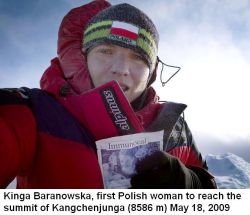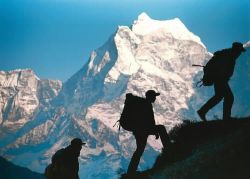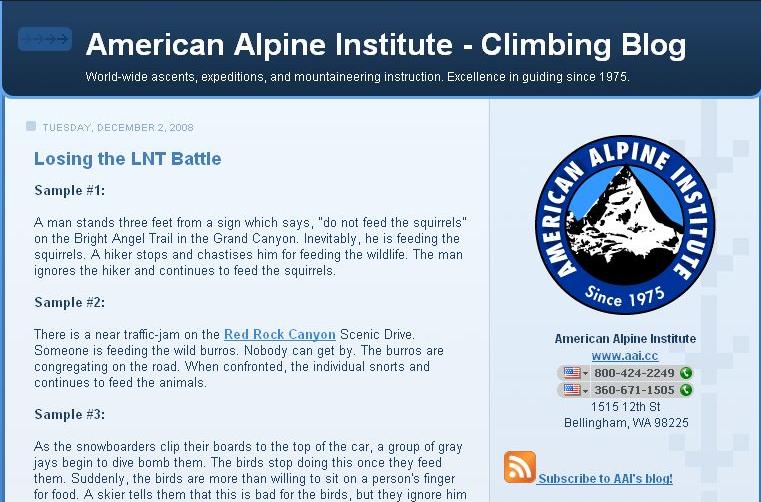Andrew Comyn (Sandy) Irvine was born in Birkenhead England on the 8th April 1902. His father,  William Fergusson Irvine, a business man, married Andrews mother, Lilian Davies-Colley, and eventually went on to have a large family. Andrew had four brothers, Hugh, Kenneth, Alexander (known as Alec) and Thomas (known as Tur) plus one sister, Evelyn.
William Fergusson Irvine, a business man, married Andrews mother, Lilian Davies-Colley, and eventually went on to have a large family. Andrew had four brothers, Hugh, Kenneth, Alexander (known as Alec) and Thomas (known as Tur) plus one sister, Evelyn.
Andrews childhood was full of adventure as most youngsters were, but he was also brought up with strict rules and discipline from both very religious parents. Andrew was educated at Birkenhead and Shrewsbury School’s before going to Merton College in Oxford to study engineering. Andrew was also a very keen sportsman and became a member of the Oxford crew for the Oxford and Cambridge Boat Race in 1922 and 1923.
Andrew was very good with his hands, and he had the ability to fix or improve anything mechanical. It was during the First World War, while Andrew was still a schoolboy, he sent the War Office a design on paper to allow a machine gun to fire from a propeller-driven aeroplane without damaging the propeller’s blades.
In 1919, Andrew rode his motorcycle to the top of a 3000-foot Welsh mountain, Foel Grach, where he surprised Noel Odell and his wife who had climbed it on foot.
In 1923 Andrew was chosen for a expedition to Spitsbergen, where he excelled on every front. It was during this expedition that Noel Odell, the expedition’s leader, had discovered that it was Andrew riding the motorcycle on top of Foel Grach. Noel Odell was so impressed by Andrew that he recommended Andrew for the third British Mount Everest expedition. Andrew was selected on the grounds that he might be the ’superman’ that the expedition needed. Andrew was 21 years old when this opportunity arose.
In 1924 Andrew showed that he was not frighten of hard work. He made major changes to the oxygen apparatus, maintained the expedition’s stoves, camp beds, cameras and many other important devices. Andrew became very popular and respected by his older colleagues.
Andrew was to find himself teamed up with George Leigh Mallory on the last summit attempt after a previous two attempts had failed. Using oxygen for this attempt they reached Camp V1 with no real problem.
On the 8th June 1924 expedition member Noel Odell reported seeing them at 12:50 pm ascending one of the major “steps” on the ridge and “going strongly for the top”. That was the last time they were seen alive.
When Odell returned to the tent at Camp V1 the following day to see if Mallory and Irvine were there, he found the inside of tent covered in bits and pieces from the oxygen apparatus. So it looks like that the young Andrew was still maintaining the oxygen apparatus the night before or the morning of their summit attempt.
The body of Andrew ‘Sandy’ Irvine has never been found.
The above Questions & Answers are (C) Copyright of Mount Everest The British Story
* Source : – http://www.everest1953.co.uk/ChrisBonington
** take a look at my photo gallery which pictures the story of the discovery and climbing the Mt. Everest :
- discovery and climbing Everest.
** Previous story : - George Leigh Mallory one of the famous British climber.
** zapraszam do subskrypcji mojego bloga :** zapraszam na relacje z wypraw polskich himalaistów.










































A new theory suggests exactly where Andrew Irvine's body now lies. See the article at:http://www.velocitypress.com/CopyIrvine.shtml